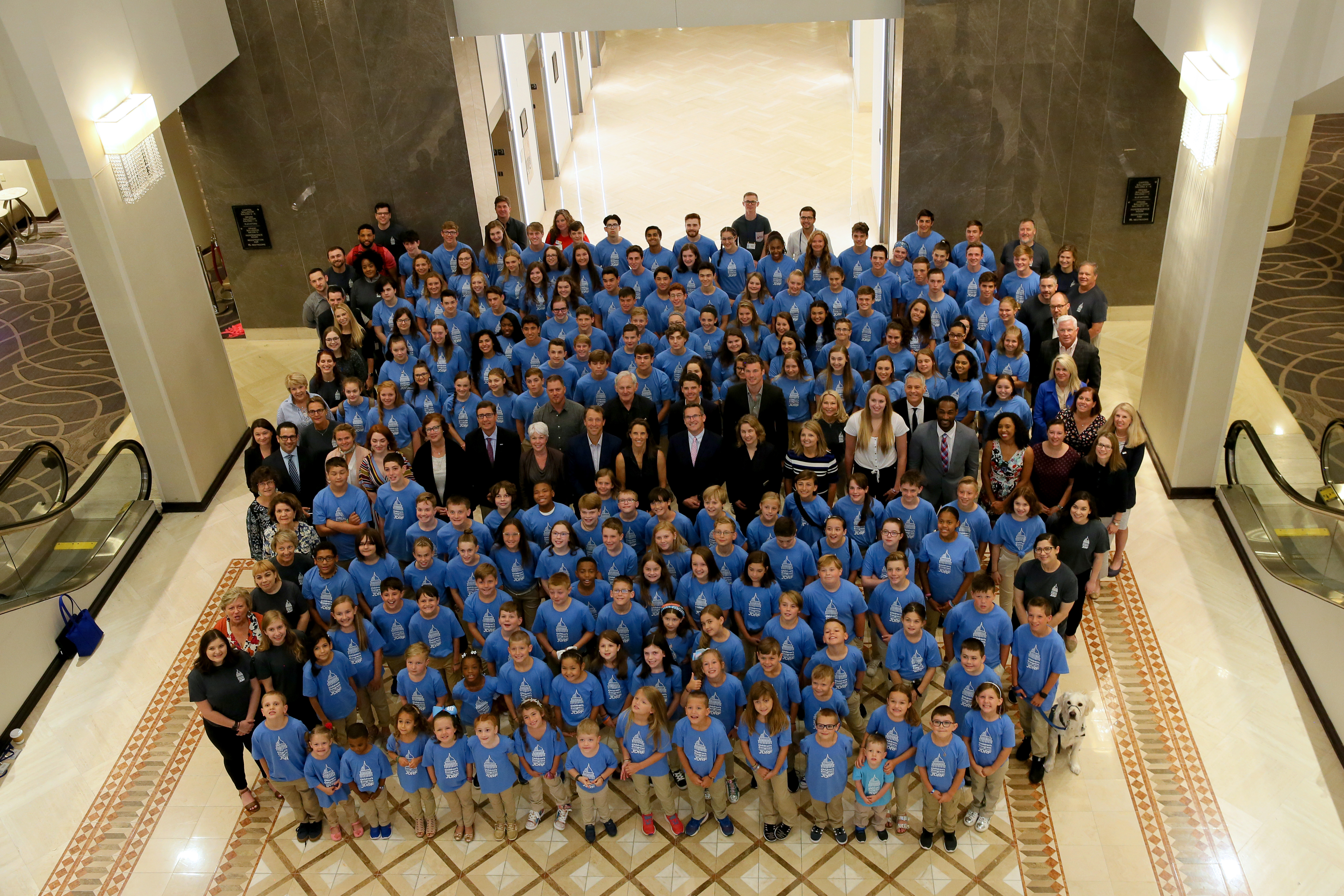Celebrities Connect with Youth at the Children’s Congress 2019

“When your sugar is low, do you have trouble remembering your lines?”
“How do you keep your devices on when you are surfing?”
“How did you go from your parents helping you all the time to transitioning on your own when you went to college to play basketball?”
“Have you ever been in the middle of a [NASCAR] race and hit a low? Did you keep going?”
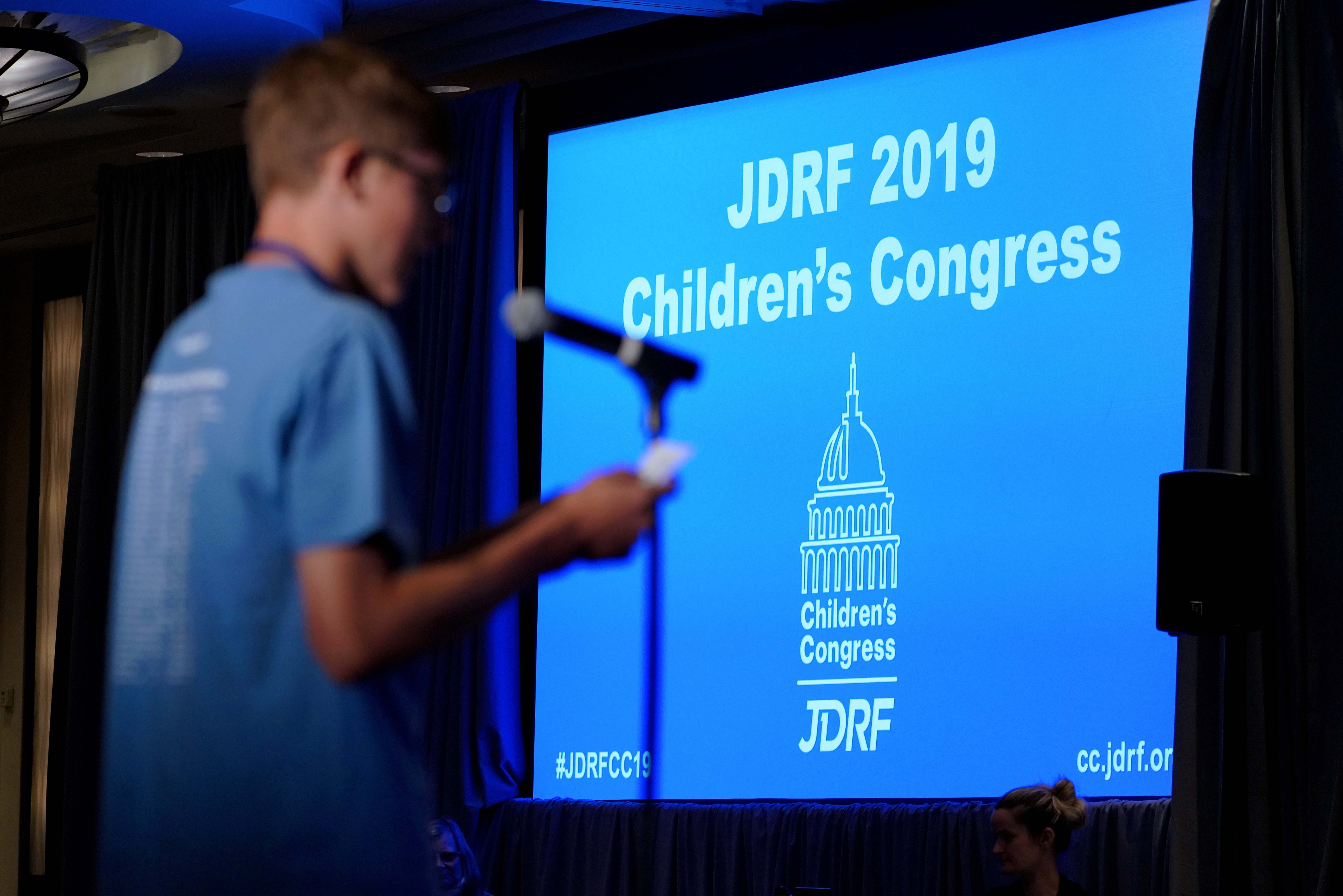
They were questions of both honest interest mixed with a bit of star-struck wonder as delegates at JDRF’s Children’s Congress 2019 took turns asking celebrity ambassadors about personal experiences, advice and embarrassing moments.
The celebrities—three actors, a race car driver, a professional dancer, a surfer, a basketball player and an ESPN sports commentator—responded with just as much energy, humor and honesty.
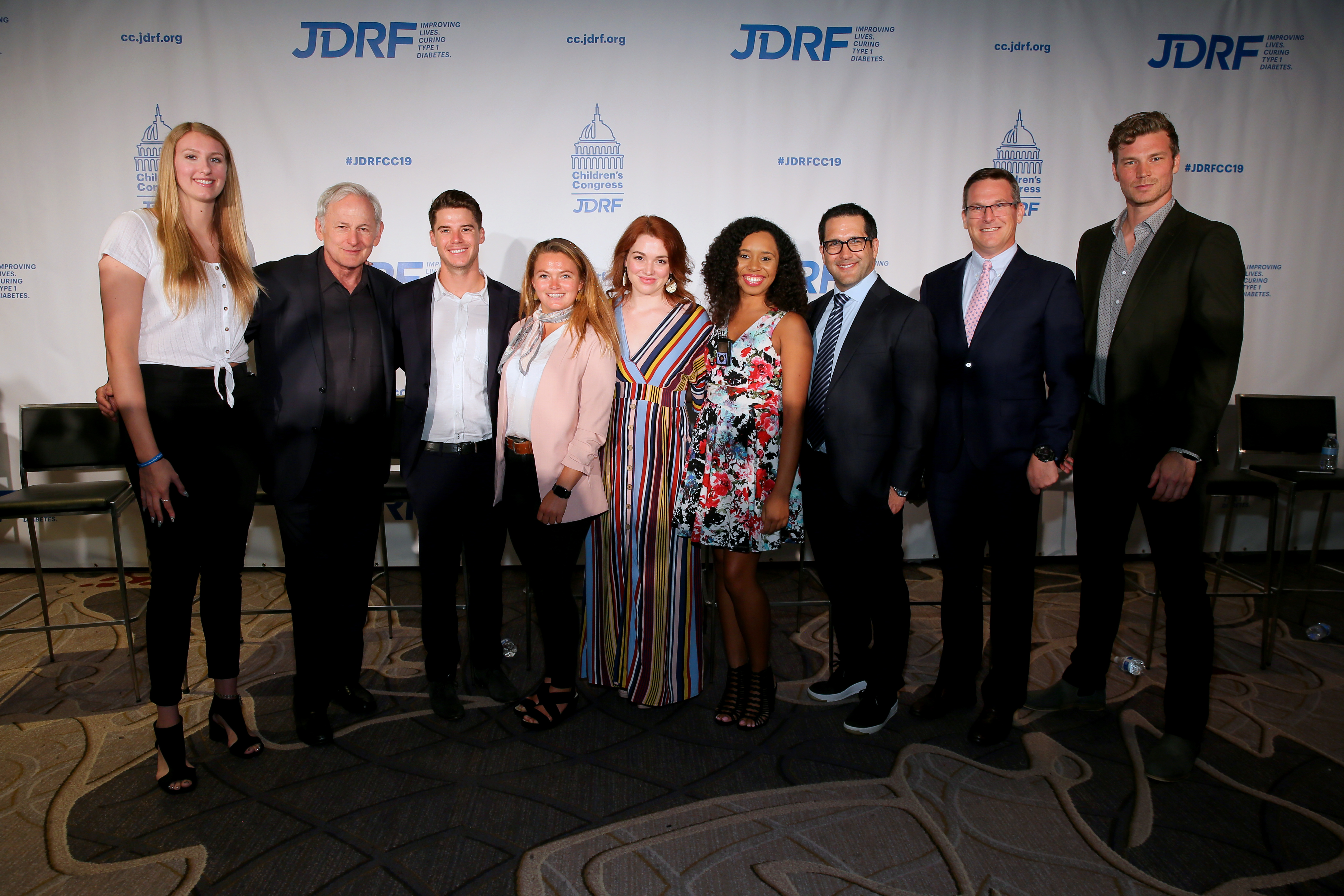
Actress Jennifer Stone said her continuous glucose monitor once started buzzing in the middle of a scene. She was newly diagnosed, hadn’t told anyone on the set she had type 1 diabetes (T1D) and was “so embarrassed.”
“I finally just said, ‘it’s just my pancreas.’”
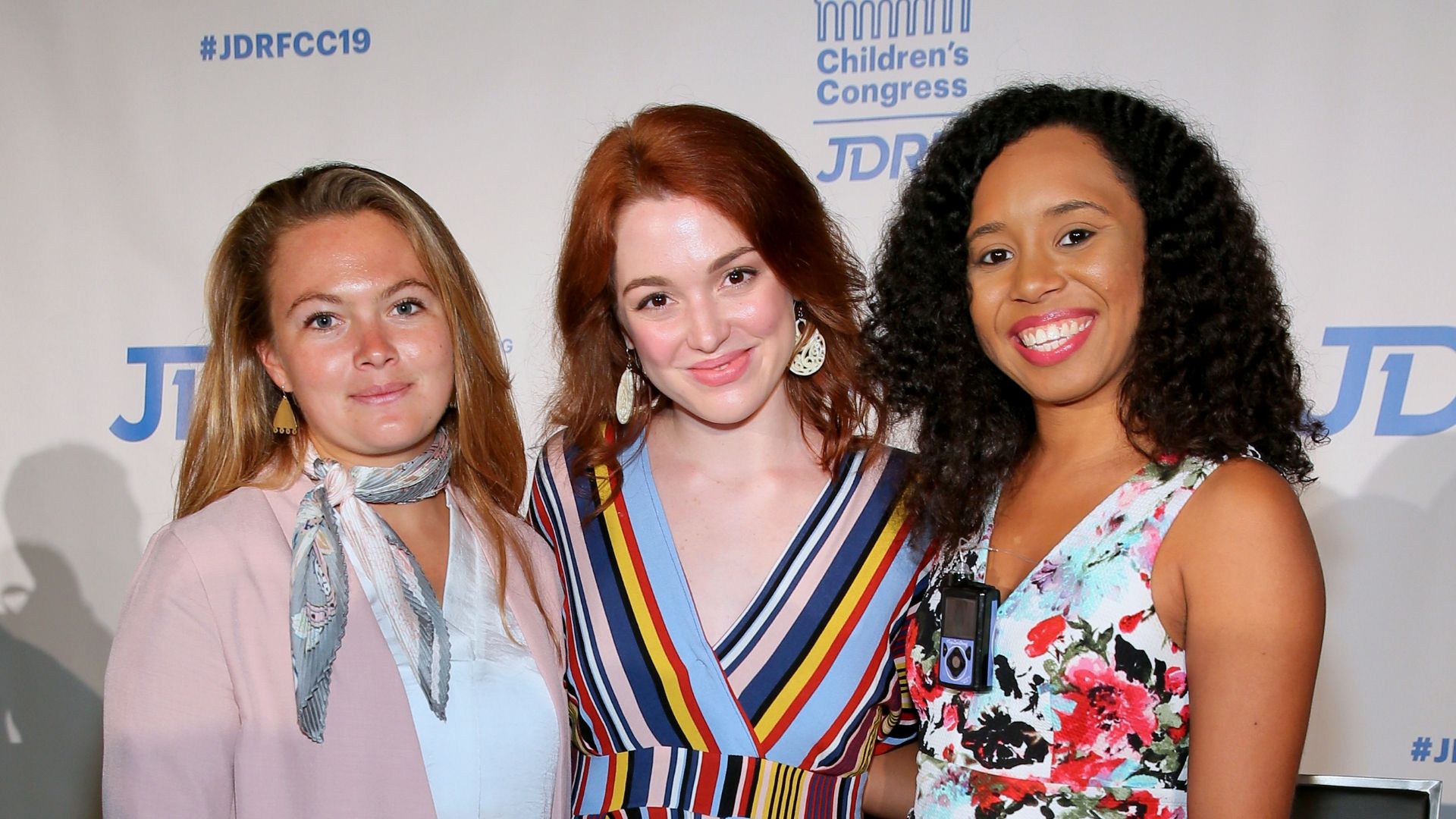
Actor Victor Garber shared a similar story, also igniting laughter. “My Omnipod alarm went off while we were filming. I didn’t know what it was. It had never gone off before.” He called the sound man over to report an issue on the set; then realized he was the one buzzing. “And as you know, they do not stop. Even when you pound on them—which is what I did. They do not stop.”
Key in both stories, and throughout the session, was the core message: Share your T1D with those around you. They are your support network and your life-line in times of critical need.
“I finally realized, ‘what am I hiding?’ It’s important that you can trust people, to tell them what is going on. There is no shame here,” Garber said.
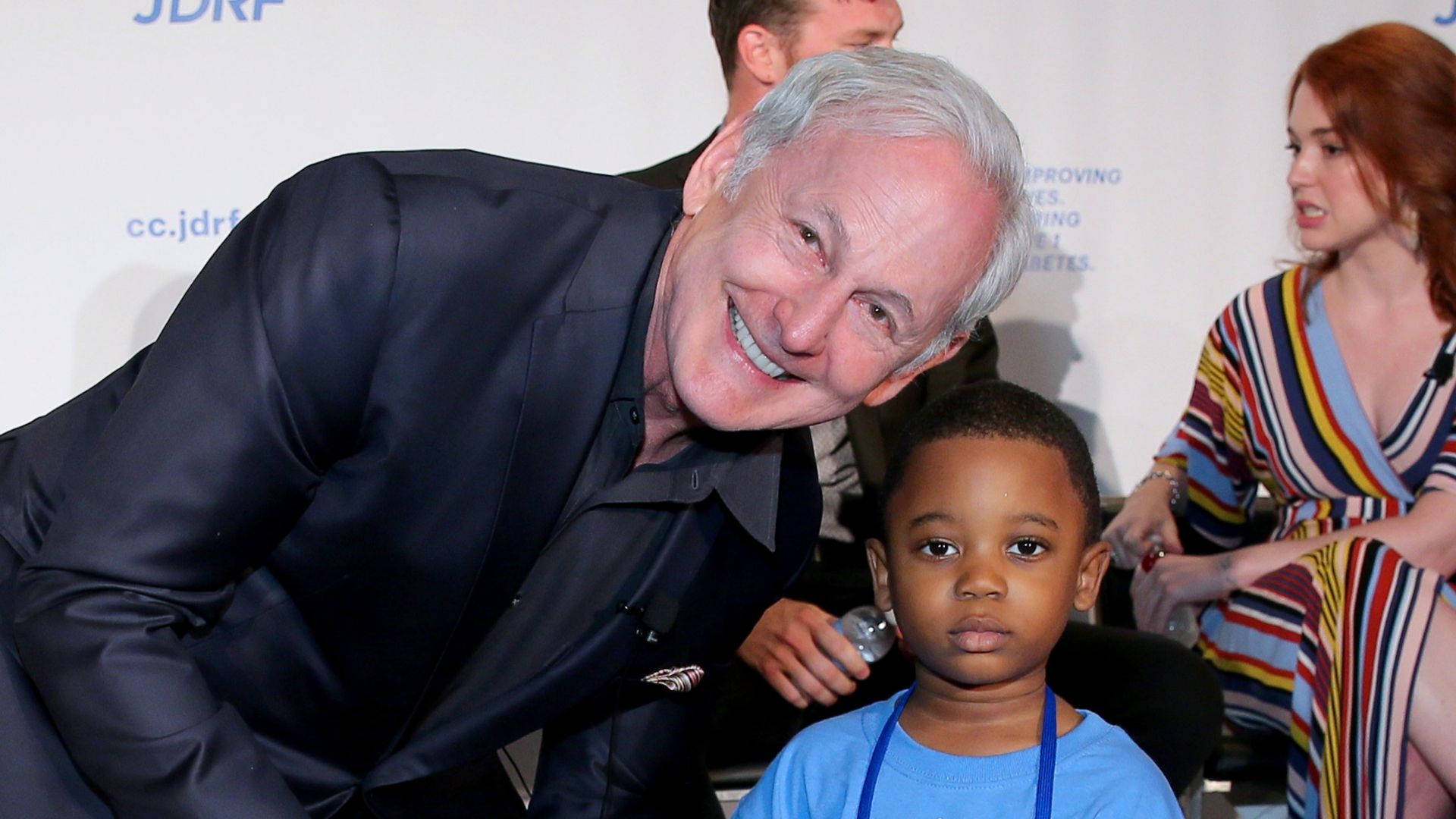
When dancer Christina Martin was a teenager she refused to wear her T1D devices. They didn’t look good with her form-fitting dance outfits and “bounced around” when she performed. But the highs, lows and crashes took a toll. “I started to learn that [denial] was not going to get me to where I wanted to be.” Today, she makes certain everyone knows about her T1D, that she eats well and takes snacks when needed to keep her levels balanced.
NASCAR driver Ryan Reed said he’s never had to pull off the track because his levels spiked or dipped. But, he said he always has a special protein drink in the car with him. “And that is whether I am racing or not. Any time you are behind the wheel of a motor vehicle, you need to check your levels and be prepared.”
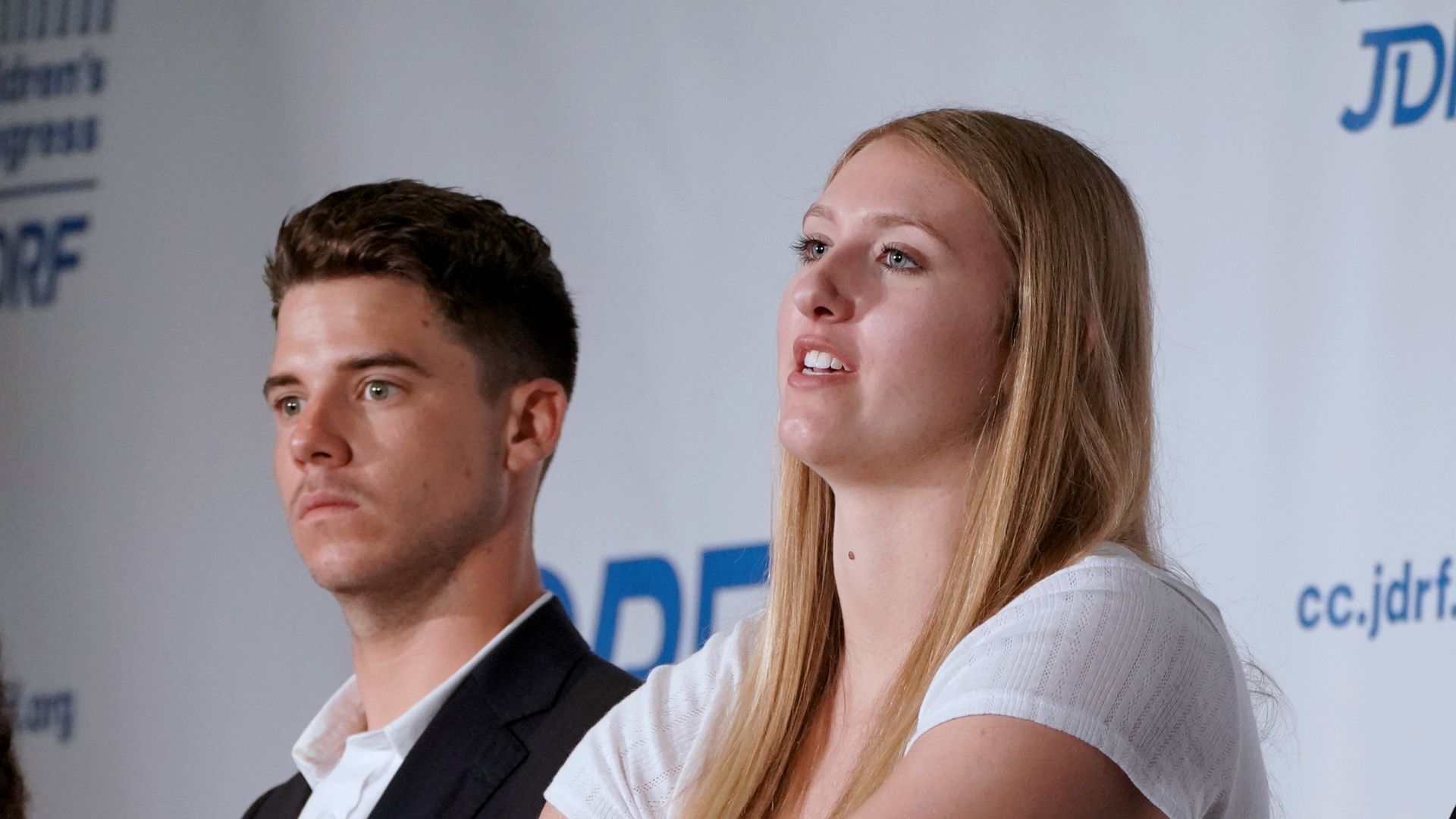
Nationally ranked college basketball player Lauren Cox said she can only compete at such a high level because she has a support network on the sidelines watching out for and helping her. “The trainers, the other players, my coaches, they see it on the sideline, and they ask if I am OK.” When she is not, she comes out. “You need to listen to and take [care of your body] if you want to keep playing.”
Actor Derek Theler acknowledged that sometimes his continuous glucose monitor does not fit with the role he is playing. Then, he wears it low at his belt line, so that he’s still in character and still taking care of himself. But, when he played Thor, he wore his CGM with pride. It was under his muscular costume, but he knew it was there.
“That made me really feel like a super hero.”
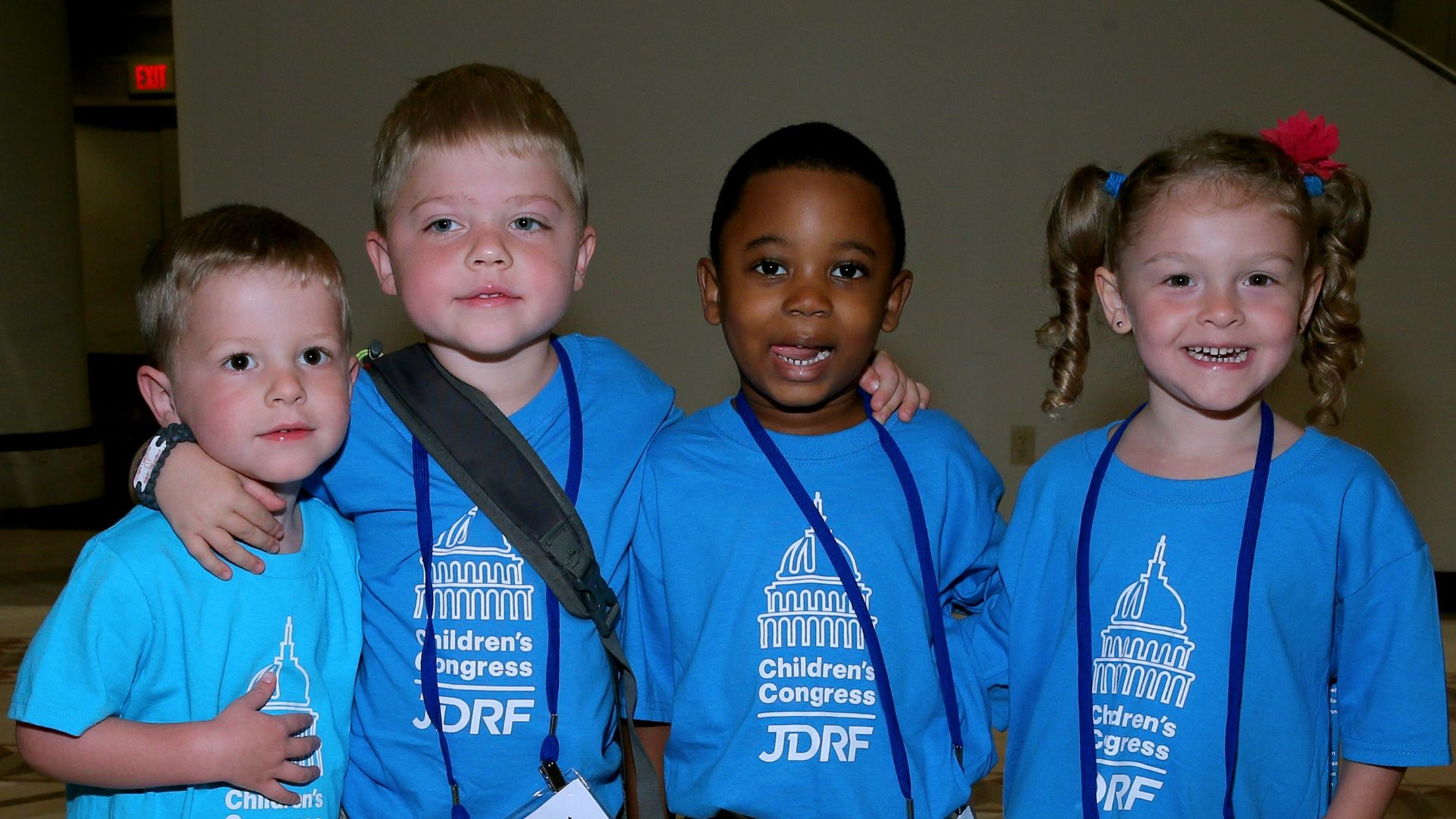
The session closed on a bit of a more serious note when an 11-year-old delegate from Florida asked JDRF President and CEO Aaron Kowalski, Ph.D., why and when he decided to work toward finding cures for T1D. Aaron said his younger brother was diagnosed first and had serious lows at night that led to seizures. “That was really hard on all of us.”
“Then, when I was diagnosed, I remember my dad coming home from a business trip and being so sad.”
A science and math star, he decided to work toward helping “my brother, my dad, myself and other people with T1D.”
